Drone Flying Laws in Queenstown and Wanaka
Wanaka and Queenstown are two of the most popular tourist destinations in the country. With stunning natural landscapes and abundance of outdoor activities, it's no surprise that drone use has become increasingly popular in these areas. However, as with any form of aviation, there are strict laws and regulations in place to ensure the safety of all those involved.
The Civil Aviation Authority (CAA) is the governing body responsible for regulating drone use in New Zealand. According to the CAA, all drones weighing more than 250 grams must be registered and operators must have a remotely piloted aircraft operator certificate. Additionally, all drone flights must be conducted in a manner that does not pose a hazard to people, property, or other aircraft.
It is difficult to provide an exact number of drones currently in use in New Zealand as registration of drones is not mandatory. However, as of 2021, the Civil Aviation Authority (CAA) of New Zealand estimates that there are around 30,000 registered drones in the country. This number is expected to continue to grow as the use of drones becomes more widespread for both recreational and commercial purposes.
Local Laws
In Wanaka and Queenstown, there are a few additional laws and restrictions in place to ensure the safety and enjoyment of tourists and locals alike. For example, drones are not allowed to fly within 4 km of any airport or helicopter landing site. This includes the Wanaka and Queenstown airports, as well as the many helipads located throughout the region for tourism and search and rescue operations.
Another restriction in place is that drones are not allowed to fly higher than 120 meters above ground level. This is to ensure that drones do not interfere with commercial aircraft or helicopters, as well as to minimize the potential for injury or damage in case of a crash.
Other banned drone zones
In addition to these laws, there are also several popular tourist spots in the region where drones are not permitted to fly at all. This includes, but is not limited to, national parks and nature reserves, such as Mount Aspiring National Park and Fiordland National Park. These areas are protected for the enjoyment and conservation of the natural environment, and drone use can disturb wildlife and damage sensitive ecosystems.
It's important to note that while these laws and restrictions are in place to ensure the safety of all involved, they are also there to protect the natural beauty of the region. Queenstown and Wanaka are renowned for their stunning landscapes, and drone use can have a negative impact on the visual enjoyment of these areas for both locals and tourists alike.
Fly Safe
In conclusion, drone use in Wanaka and Queenstown is regulated by the Civil Aviation Authority, with additional laws and restrictions in place to ensure the safety and enjoyment of all involved. It's important for drone operators to familiarize themselves with these laws and to always fly in a safe and responsible manner. If you're planning to fly a drone in these areas, be sure to check the local laws and restrictions, and respect the natural beauty of the region.
